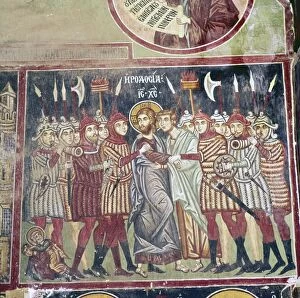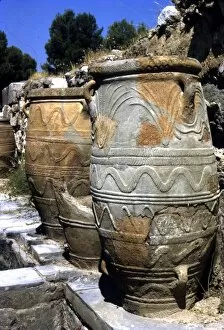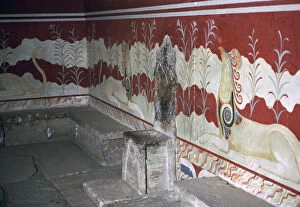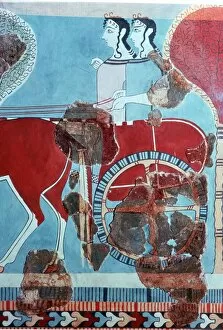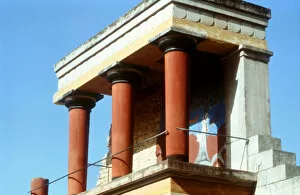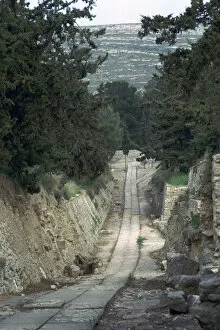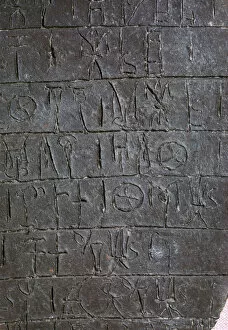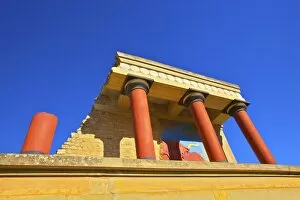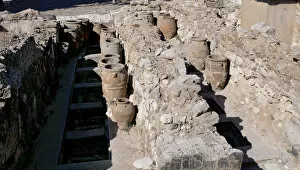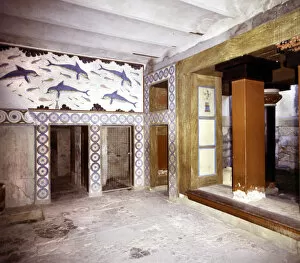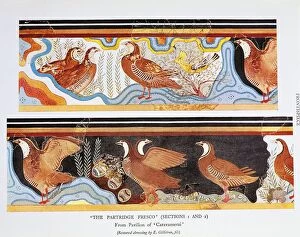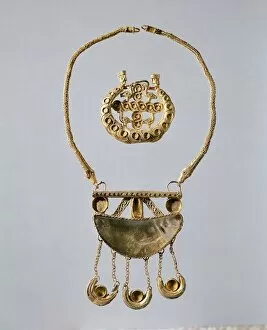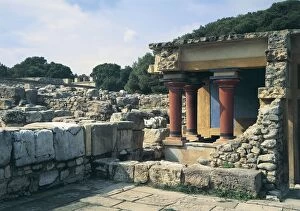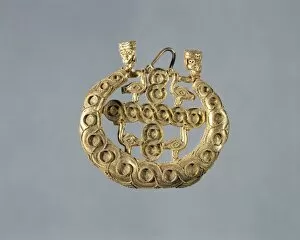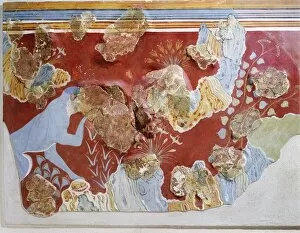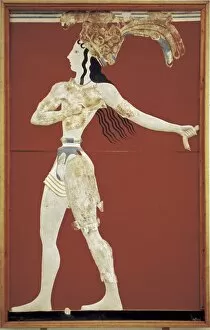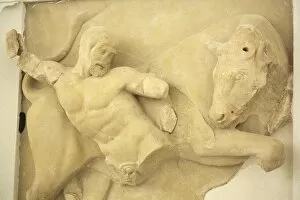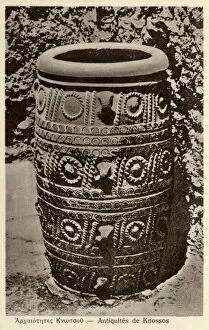Knossos Collection (#5)
Discover the ancient wonders of Knossos, a captivating glimpse into Minoan civilization
For sale as Licensed Images
Choose your image, Select your licence and Download the media
Discover the ancient wonders of Knossos, a captivating glimpse into Minoan civilization. Located in Crete, Greece, this archaeological site is home to the magnificent Knossos Minoan Palace, Europe's oldest city dating back to 2000 BC. Step into history as you explore the ruins of this once-thriving palace and marvel at its intricate frescoes. One such masterpiece is the 'Fresco Three Minoan Women, ' showcasing the artistic prowess of Minoan art with its vibrant colors and graceful figures. Another notable artwork is the 'Prince of Lilies, ' an illustration that captures the essence of royalty during that era. As you wander through these ancient grounds, be sure to visit The Queens Bath, a testament to their advanced engineering skills even in those times. Immerse yourself in their culture by admiring mural paintings depicting scenes from everyday life or stand in awe before the Dolphin fresco that symbolizes their connection with nature. The highlight for many visitors is encountering the famous bull fresco - a powerful representation of strength and vitality within Minoan society. These captivating murals transport you back in time and offer glimpses into a civilization rich with artistry and symbolism. Knossos remains one of Europe's largest Bronze Age archaeological sites, providing invaluable insights into our past. Soak up its historical significance as you walk among palace ruins and imagine what life was like for those who called it home thousands of years ago.






